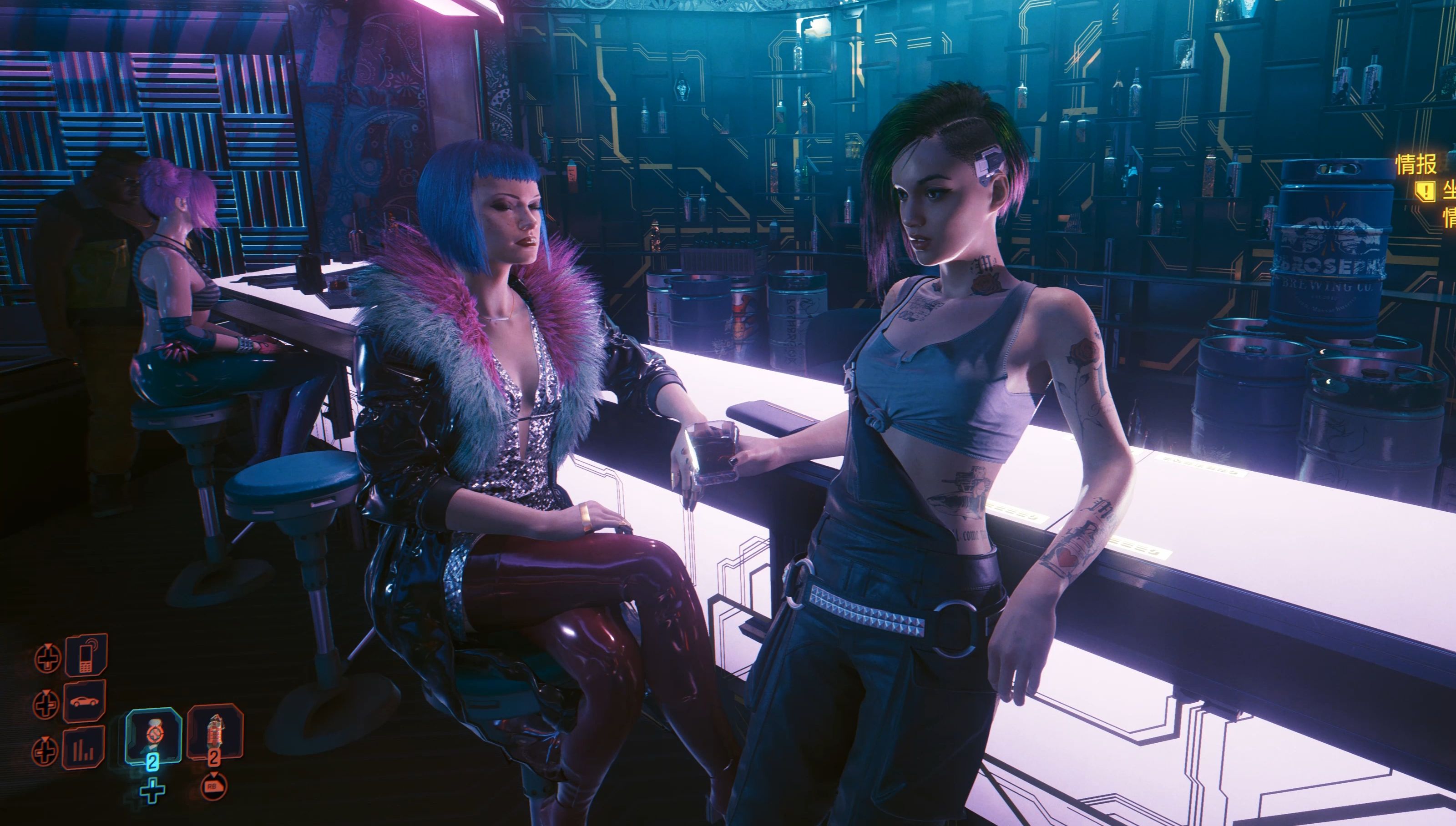Is Fire Emblem a JRPG That Has a Focus on Emotional Moments?
The Fire Emblem series, developed by Intelligent Systems and published by Nintendo, has long been a staple of the tactical role-playing genre. Since its debut in 1990, the franchise has evolved significantly, not only in gameplay mechanics but also in narrative depth. A recurring question among critics and fans alike is whether Fire Emblem qualifies as a JRPG that emphasizes emotional moments. To answer this, one must examine its storytelling techniques, character development, and the structural elements that evoke player attachment—all hallmarks of a narrative-driven experience. Indeed, Fire Emblem stands out as a JRPG that deliberately and effectively focuses on emotional engagement, leveraging its unique blend of tactical gameplay and interpersonal dynamics to create memorable, impactful moments.
The JRPG Genre and Emotional Storytelling
JRPGs (Japanese role-playing games) are renowned for their emphasis on story, character arcs, and emotional resonance. Titles like Final Fantasy, Xenoblade Chronicles, and Persona often explore themes of love, loss, friendship, and sacrifice, weaving intricate narratives that resonate deeply with players. Emotional moments in these games are typically crafted through cinematic cutscenes, dialogue, and music, aiming to elicit empathy or catharsis. Fire Emblem shares these traits but distinguishes itself through its permadeath mechanic and relationship systems, which personalize the emotional stakes. Unlike many JRPGs where character deaths are scripted, Fire Emblem introduces volatility—players may lose units permanently due to their decisions, making emotional moments organic and player-driven.
Narrative Depth and Character-Driven Stories
Fire Emblem’s narratives often revolve around grand, epic conflicts—wars between nations, battles against ancient dragons, or struggles for political power. However, the emotional core lies in the individual stories of its characters. For example, Fire Emblem: Three Houses (2019) explores themes of loyalty, ideology, and trauma through its three main story routes. Characters like Dimitri, who grapples with survivor’s guilt and vengeance, or Edelgard, whose revolutionary ideals demand personal sacrifice, are crafted with nuanced motivations. Their struggles are not merely plot devices but emotional anchors that drive the player’s investment.
The game’s support conversations—optional dialogues between characters—further enrich this emotional landscape. These interactions reveal backstories, fears, and aspirations, transforming archetypal units into relatable individuals. In Fire Emblem: Awakening (2012), the relationship between Chrom and his daughter Lucina explores parenthood and legacy, while in Fire Emblem: The Blazing Blade (2003), the bond between Lyn and her grandfather underscores themes of belonging and identity. By investing in character development, Fire Emblem ensures that emotional moments feel earned rather than contrived.
The Impact of Permadeath and Player Agency
One of Fire Emblem’s most defining features is permadeath—the permanent loss of units who fall in battle. This mechanic elevates emotional stakes beyond typical JRPGs. When a character dies, it is often the result of player error or miscalculation, fostering a sense of guilt and responsibility. The emotional weight is amplified by the knowledge that the character’s story ends abruptly, their potential relationships and growth cut short. This creates a visceral connection between gameplay and narrative; losing a unit feels like losing a companion, not just a statistic.
Modern entries, such as Three Houses and Fire Emblem: Engage (2023), offer casual modes without permadeath, but the design philosophy remains rooted in emotional consequence. Even when death is avoidable, the threat itself generates tension and empathy. Players are encouraged to reset missions to save characters, a testament to the emotional bonds formed through gameplay. This interplay between strategy and emotion is rare in JRPGs, where death is usually predetermined by the plot.
Musical and Visual Storytelling
Fire Emblem’s emotional impact is heightened by its artistic presentation. Composer Yuka Tsujiyoko’s work, particularly in earlier titles, and later contributions from Hiroki Morishita and others, provide a sonic backdrop that underscores key moments. Tracks like "The Edge of Dawn" from Three Houses or "Lost in Thoughts All Alone" from Fire Emblem Fates (2015) encapsulate themes of hope and sorrow, enhancing narrative climaxes.
Visually, the series has evolved from pixel art to fully animated cutscenes and expressive character portraits. In Fire Emblem: Path of Radiance (2005), the transformation of the protagonist Ike from a mercenary to a leader is mirrored in his visual design, while in Three Houses, the time-skip reveals physically and emotionally changed characters. These details reinforce emotional arcs, making moments like reunions or betrayals more impactful.
Comparative Analysis with Other JRPGs
While many JRPGs prioritize emotional storytelling, Fire Emblem’s approach is distinct due to its integration with gameplay. In Final Fantasy VII, Aerith’s death is a iconic emotional moment, but it is scripted and unavoidable. In contrast, Fire Emblem’s emotional beats are often dynamic, shaped by player choices. This aligns it closer to Western RPGs like Mass Effect or The Witcher, where relationships and consequences are personalized. However, Fire Emblem retains a distinctly JRPG sensibility through its anime-inspired aesthetics, turn-based combat, and emphasis on ensemble casts.
Moreover, Fire Emblem’s emotional focus is not limited to tragedy. Moments of triumph, camaraderie, and romance are equally emphasized. The series celebrates bonds forged in battle, whether through paired endings that suggest future happiness or celebratory sequences after hard-won victories. This balance prevents emotional fatigue and creates a resonant, holistic experience.
Conclusion
Fire Emblem undeniably qualifies as a JRPG with a strong focus on emotional moments. Its narrative complexity, character-driven stories, and innovative use of mechanics like permadeath create a unique space within the genre where emotion is both a narrative and gameplay element. By blending strategic depth with interpersonal dynamics, the series fosters a level of investment that few JRPGs achieve. As the franchise continues to evolve, its commitment to emotional storytelling remains a cornerstone, ensuring that players not only remember the battles they fought but the characters they loved and lost along the way.
















